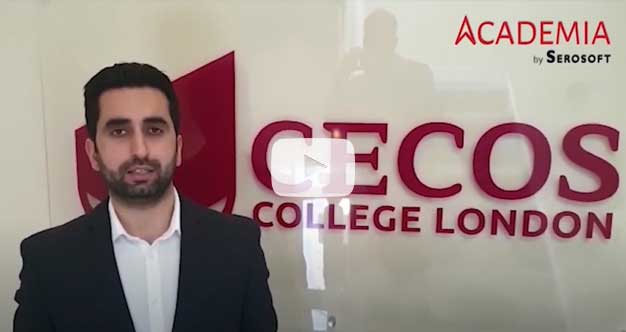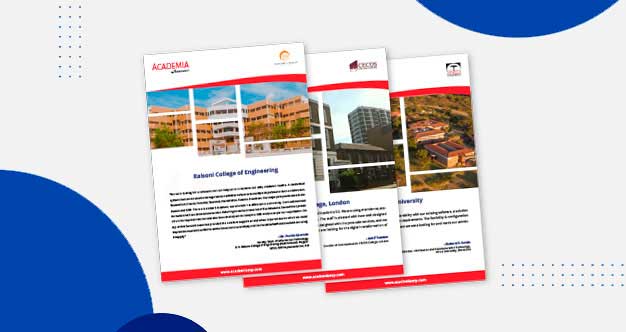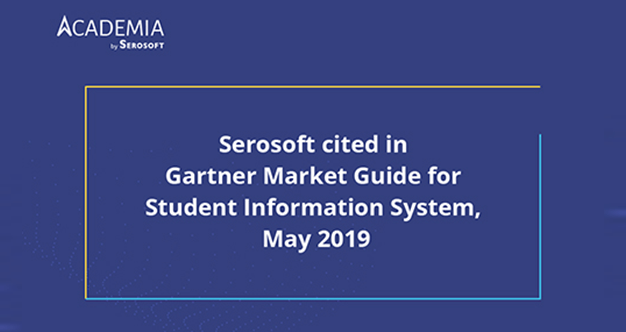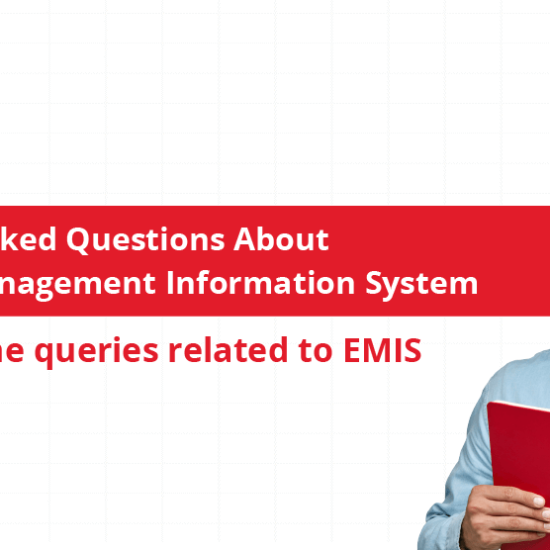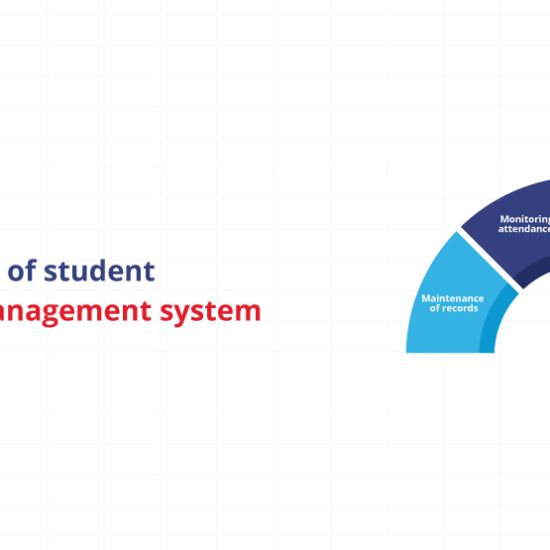Unlocking the Potential: Experiential Learning in Education Automation – Advantages and Disadvantages
In today’s dynamic educational landscape, the demand for effective learning resources is paramount. Explore the advantages and disadvantages of experiential learning, a method vital for institutions leveraging education automation, and education ERP solutions. Let’s delve into the intricacies of this transformative approach.
Understanding Experiential Learning
Experiential learning, centered around hands-on experiences, propels students to learn by doing. This process, combining self-initiative and self-assessment, is amplified by hands-on technology and innovation. In both traditional classrooms and online learning environments, students and teachers benefit significantly from experiential learning opportunities.
Advantages of Experiential Learning:
- 1. Real-world Experiences:
• Students engage with data and concepts through hands-on tasks, fostering a deeper understanding and retention of information.
- 2. Creativity Unleashed:
• Encourages creative problem-solving, equipping students with innovative solutions to real-world challenges.
- 3. Accelerated Learning:
• Implementation of learning points creates a lasting impact, developing problem-solving and decision-making skills.
- 4. Theory-Practice Integration:
• Merges theory and practice, providing students with opportunities to apply knowledge in real-world scenarios.
- 5. Learning from Mistakes:
• Embraces the value of errors, allowing students to iterate and refine their approaches, turning mistakes into valuable learning experiences.
- 6. Career-oriented Focus:
• Guides students towards their future careers by aligning learning activities with real-world experiences and activities.
- 7. Communication Skills Enhancement:
• Fosters teamwork and collaboration, bridging communication gaps and promoting effective communication skills.
- 8. Visible Accomplishments:
• Promotes a feedback loop that accelerates learning, enabling students to see tangible improvements in a short span.
Disadvantages of Experiential Learning:
- 1. Patience and Guidance Required:
• Demands patience and guidance as students experiment with various methods, requiring time for results to manifest.
- 2. Decentralized Process:
• Considered a decentralized process, as students access and submit assignments online, limiting faculty access through traditional modes.
Conclusion:
Embrace the power of experiential learning with online tools and technologies, revolutionizing knowledge acquisition and skill development. If you’re considering implementing experiential learning activities in your institution, Academia ERP offers a suite of tools, including a student information system, enterprise resource planning, and more. Contact us now for further information and personalized assistance. Your journey toward transformative education begins here!
Contact us now to explore how Academia’s suite of tools can enhance your institution’s educational experience and seamlessly integrate experiential learning into your curriculum. Take the first step towards a transformative educational journey!
Related Posts:
 Higher Ed Plans
Higher Ed Plans K12 Plans
K12 Plans

